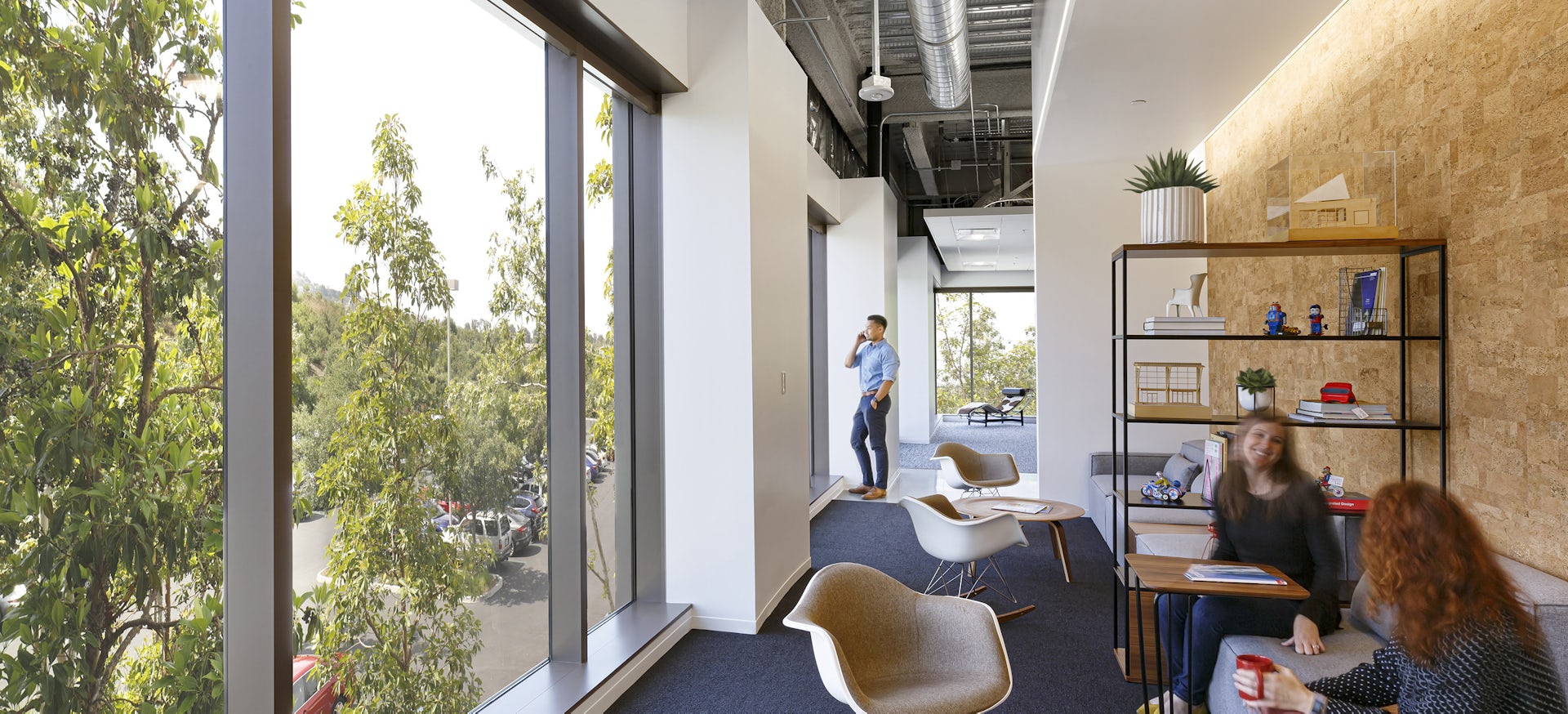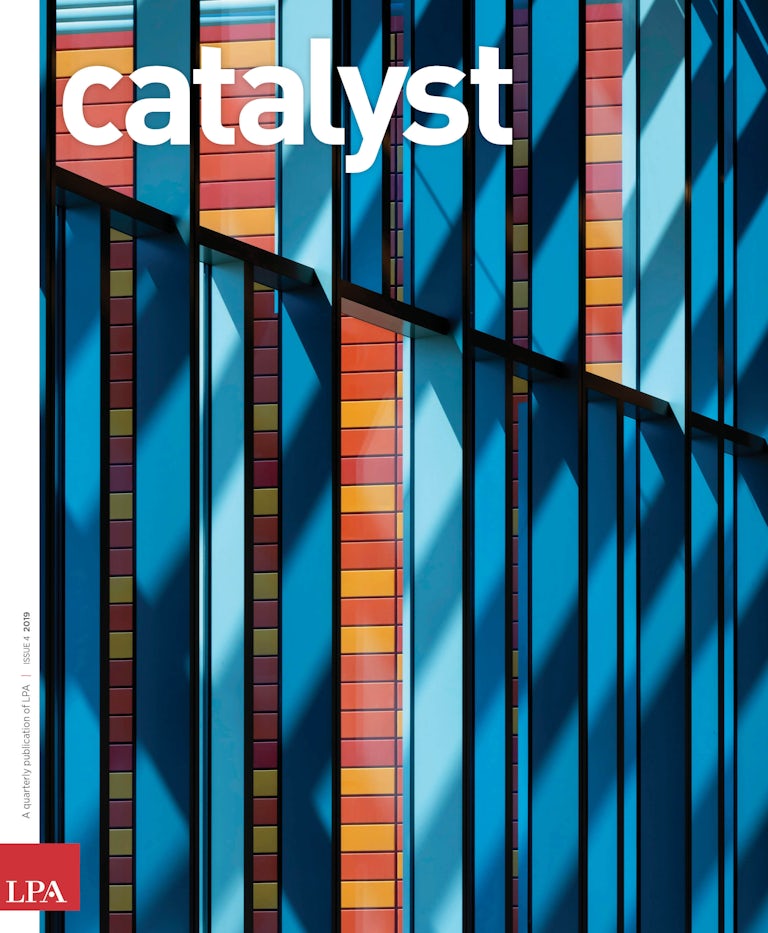Building owners and corporate executives are regularly pitched on a wide array of health and wellness certification programs, each eager to help companies develop happier, more productive employees.
Picking one—or even choosing to participate—is a complicated process for any company. The programs take different approaches and strategies, setting their own standards and reward levels. Each is seeking to push companies to develop healthier environments, but there is a blizzard of requirements and fees, along with untold work hours and mounds of paperwork associated with earning the plaque in the lobby. Defining the return on that investment can be difficult. But the certification programs can provide guidance and motivation to create healthier workplace environments, which might change the ROI calculation.
The Seal(s) of Approval for a Healthier Workplace
Several programs offer certifications for creating healthier buildings and work environments. Which one is right for you? And are they worth the money?
“No one should be doing this simply for the sake of getting a certification,” says LPA Design Director Rick D’Amato.
Studies have shown that healthier, happier employees are more productive and tend to stay on their jobs longer. Workers in green-certified buildings scored 26.4 higher on cognitive function tests and reported 30 percent fewer sick building syndrome symptoms than employees in non-certified buildings, according to a 2016 study led by researchers from the Harvard T.H. Chan School of Public Health. With 90 percent of overhead costs directly tied to labor, it’s easy for business managers to link employee health to the bottom line.
There are four main certification programs focused on health and well-being, each with its own costs, goals and requirements.

The United States Green Building Council’s LEED program, launched in 1993, is the best-known building certification program, and its Silver-Gold-Platinum levels are easily understood.
The Fitwel program, administered by the nonprofit Center for Active Design, aligns closely with LEED and may be the easiest to obtain, with a focus on well-designed workplaces.
The WELL Building Standard, administered by the for-profit International WELL Building Institute, is very costly, with extensive requirements for documentation and verification.
The Living Building Challenge, developed by the nonprofit International Living Future Institute, may be the most difficult to achieve and the most expensive, with strict auditing requirements.

Trying to determine the best program for your business can be a challenge, and requires a detailed assessment of your needs, the approach of the program and the value of the program in achieving your goals. Analyzing the specifics of the different programs, there is a wide range of fee structures, and many of the programs place importance on elements that may not be realistic or important for your company. To help evaluate the different approaches, we prepared a side-by-side comparison of the four main certification programs.




This story originally appeared in Catalyst Issue 4 2019. Subscribe today to receive Catalyst, a quarterly publication that takes a deep dive into design ideas, industry leaders and initiatives.















